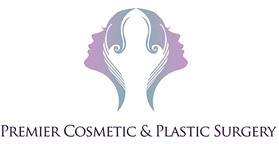Closed Rhinoplasty
What is closed rhinoplasty?
Closed rhinoplasty, also known as endonasal rhinoplasty, is an approach of rhinoplasty where all the surgical incisions are made inside the nose without any external incisions.
Am I a candidate for closed rhinoplasty?
Closed rhinoplasty is employed for the correction of aesthetic deformity of the nose as well as for the management of anatomic nasal airway obstruction.
What are the contraindications of closed rhinoplasty?
Closed rhinoplasty is contraindicated in patients with
- unstable mental status
- unrealistic expectations from the surgery
- nasal cocaine users
- poor perioperative risk profile
- history of either a major rhinoplasty within the last 9-12 months or several previous rhinoplasties with significant scarring and atrophic skin
What are the advantages of closed rhinoplasty over open rhinoplasty?
Closed rhinoplasty has been in practise for longer than open rhinoplasty, which is a much newer approach. Moreover, it is a minimally invasive approach with less surgical dissection of the nose. Some of the advantages of closed rhinoplasty over open rhinoplasty include:
- No visible external columellar scar, between the nostrils, after the nose surgery
- Shorter operative time
- Reduced postoperative oedema
- Less overall scarring
- Quicker recovery
What are the disadvantages of closed rhinoplasty?
Some surgeons feel that this approach offers a relative lack of surgical access, as the entire surgery is done through narrow surgical openings inside the nose. However, many other experienced surgeons, using this approach, do not feel the limited visualisation to be a hindrance to surgery. Hence, in the hands of an experienced surgeon both approaches can provide satisfactory outcome.
I am worried about scars formed from the surgical incisions.
Since the incisions are made inside your nose, you will not have any visible scars.

